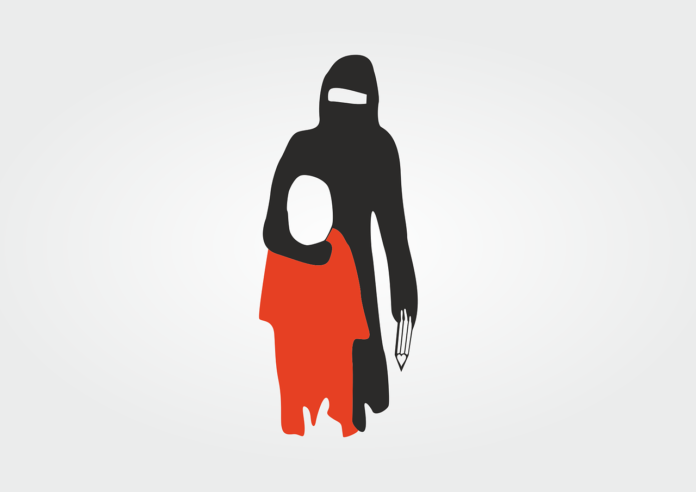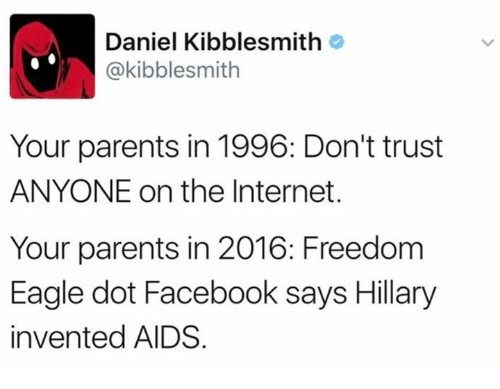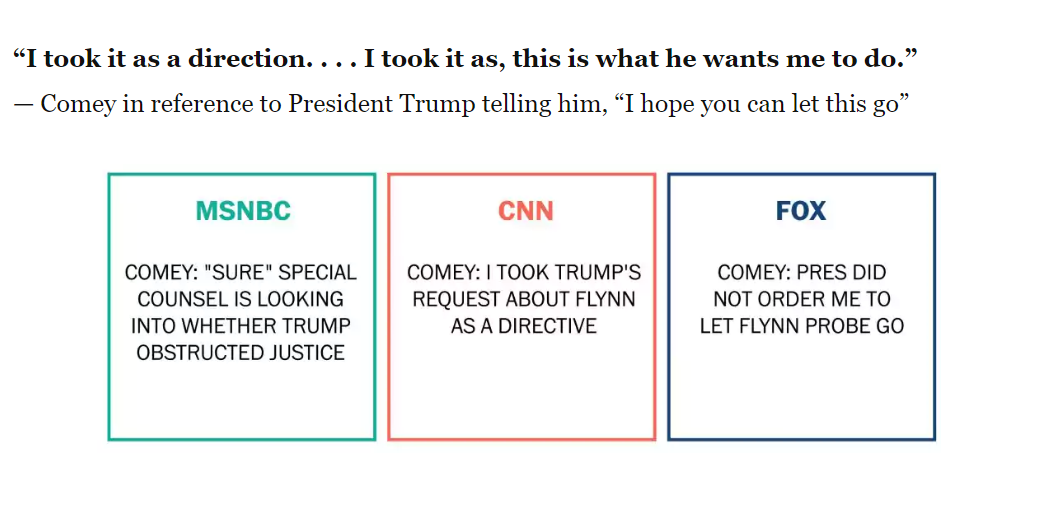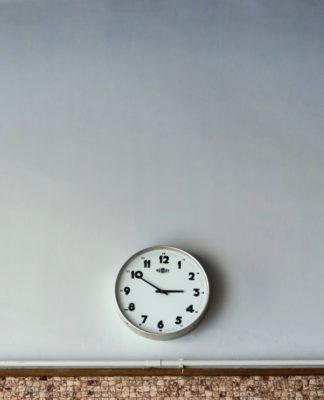
The irony of reading about fake news on a news site is certainly not lost on us. The platform has been abused by both users and creators. Clickbait headlines like
“WikiLeaks CONFIRMS Hillary Sold Weapons To Isis… Then…”
get people excited. They want to stick a middle finger in the face of those who disagree with them. We all want, simply, to be right.
But this has larger implications. It is, by design, not a self-contained phenomenon; it’s no longer about a personal victory when fake news spreads like wildfire across the internet.
But we have the answers. You’ll never guess what they are!
Womp, womp.
Read all about it
There are two distinct, different types: Actual fake (completely false) news, and “fake news” that is anything you don’t agree with, or that disagrees with you. The difference is important.
The internet has, for a while now, been overrun with actual bogus news. And Facebook (and other social media sites as well, though none more than FB) has played a large role in perpetuating them and helping them grow.

Headline jumpers: Share quickly. Your POV is important, and you have to be the first one to share the article that supports it.
See? Look at this. In your face, losers!
Without discernment.
The problem is these are often actually fake stories. Completely and utterly fabricated with only a passing, tangential relationship with reality (and sometimes/often not even that).
But these stories don’t even have to have social or political motivations. A slew of fake news stories followed the 2017 bombing of an Ariana Grande concert at Manchester Arena.
If you’re interested: A number of fake stories have gone viral following the Manchester terrorist attack
And then we have our traditional, established news media who also play the clickbait game. Who also have maybe a slight bias. Who know what their readers want to hear; at the end of the day, know what their readers want.
It’s not fake news in that it is made up, but it is still run by people. And while journalism is supposed to remain objective, even the stories that are chosen to cover reveal some sort of bias; even just the way that news is reported.
Like in this graphic from the Washington Post detailing the different interpretations by major media sources of a James Comey quote (from his hearing on the potential of obstruction of justice in regards to his firing by Donald Trump):

News solution (sort of)
Problem #1: We’ve had trouble telling the difference.
Problem #2: Our news media has been losing credibility in recent months, and therefore the differences have become less important. If we can’t rely on informational stability from our media, we go elsewhere. We get lost in a whirlwind of false information and half-truths. We don’t know what to believe.
Problem #3: There isn’t really a third issue that we’d like to discuss here, we just have a problem ending with even numbers. Transparency. See? It’s all about being honest.
Anyway.
We as people then have to understand our own role in this.
A study from Stanford University of nearly 8,000 middle through high school students across 12 states found that they couldn’t tell the difference between sponsored content and real news stories.
Full study found here: Evaluating Information: The Cornerstone of Civic Online Reasoning
We as consumers must be better media consumers. And, perhaps more importantly, come to terms with the fact that we’re more than consumers: We all become citizen journalists when we share that article on Facebook, when we cite that source from Twitter, when we discuss the topic at hand in the comments section of… whatever article.
We have the responsibility to be as credible as the things we post.
The buck stops here (and other great quotes from presidents you won’t believe!).
The war on/with news media
But we also have a larger issue at hand. Yes, we can do our part; make sure we’re not contributing to the problem by sharing falsehoods and hyperbole. We can hold our journalists to a high(er) standard.
But those aforementioned 3 (well, 2) problems are also being confused by this notion (perpetuated by the White House) that nothing that nothing of value comes from the established news media (NY Times, CNN, Washington Post, et al); that nothing is trustworthy and everything you read is fake news.
Is anything real news anymore?
We’re at the point that if another Watergate-sized scandal did break (and maybe, probably, already has) as a whole we wouldn’t be sure whether or not to believe it. We’re facing a government run on the basis that anything that is not in accordance with White House legislation, proposals, and Twitter tweets (of all things) is now “fake.”

This is where those our discernment as consumers and citizen journalists really comes into play.
There needs to be questions. There needs to be discussion. By not discussing what is going on/turning a blind eye/staying in echo chambers and sharing only the things that are agreeable means that knowledge is subjective, and that facts can be “alternative.”
Doing homework, recognizing the difference between sponsored posts and authentic ones, and thinking critically (and with objective discernment) about what we read/”like”/share is our responsibility.
On some level we understand that we’re preaching to the choir; that those who are interested in an(other) article about fake news (and thus, congruently, addressing the issue of fake news), are already well on their way towards solving the problem.
Even as Facebook and Google invest in combating its spread (which will most certainly help), fake news is a problem that isn’t going to go away without our help.
And if nothing changes?
Well, you’ll never believe what happens next.
Read next: Big tech’s big role in (actual) fake news under fire
















